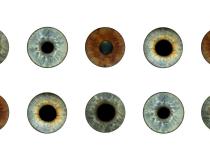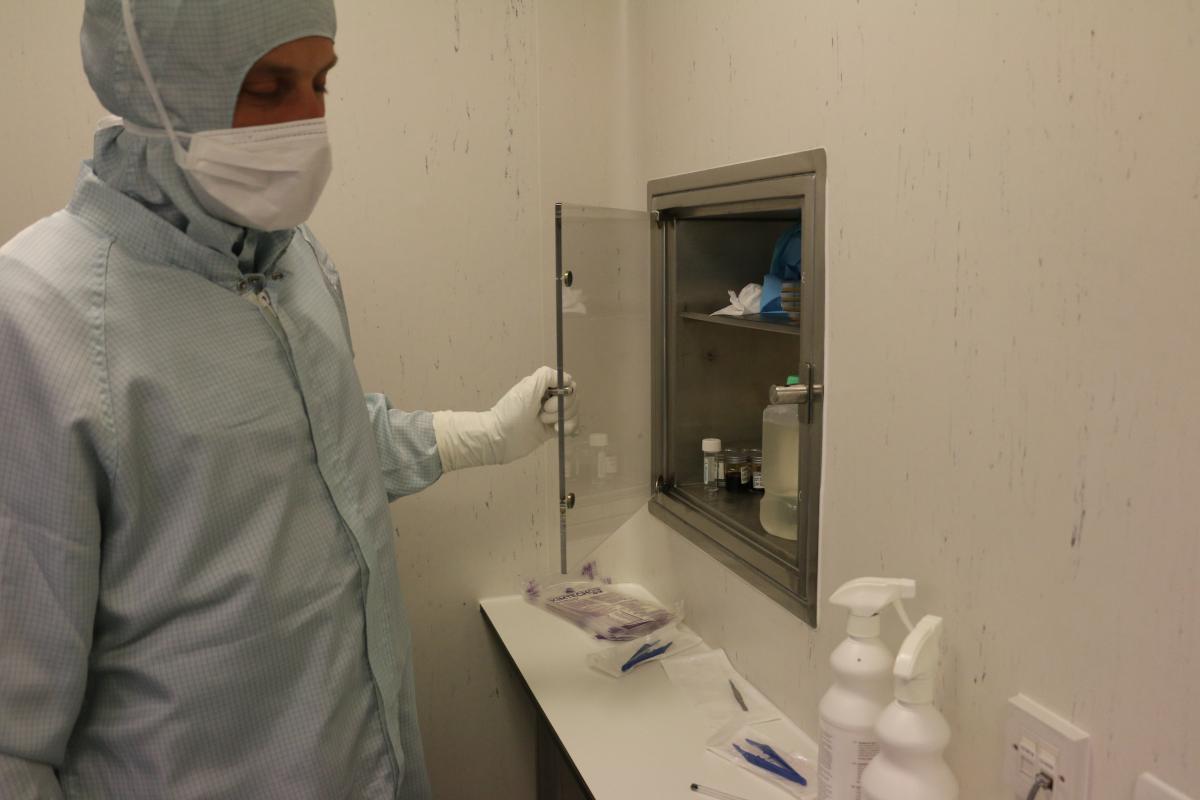Why Donate?
Eye donation saves sight and also makes research into new treatments possible.
Most eye donations to the Moorfields Lions Eye Bank are used for corneal transplants but a significant amount of tissue is used for research into eye disorders and new treatments.
Donated tissue helped Moorfields carry out:
- 840 corneal transplants in 2014
- 240 glaucoma operations and crucial research projects
 This level of activity is under serious threat as donations become scarcer and increasingly expensive to source outside the hospital’s own eye bank.
This level of activity is under serious threat as donations become scarcer and increasingly expensive to source outside the hospital’s own eye bank.
Moorfields cannot buy tissue for research purposes, which is why tissue which isn’t suitable for corneal transplant is so crucial in developing new treatments.
Treatments like the ones now being used in ocular surface diseases and limbal therapies which have been pioneered by the Cells for Sight Transplantation and Research Programme laboratory, led by Professor Julie Daniels at Moorfields and UCL, use donated tissue.
Where permanent blindness used to occur, we can now help some patients with genetic disorders, eye inflammation or chemical burns who have scarring and opacity of the cornea. The Cells for Sight programme is at the forefront of using stem cells to tackle eye diseases that were previously untreatable.
This is just one of the success stories, but the next few years could also see breakthroughs according to scientists working on projects funded by the NIHR Biomedical Research Centre, based at Moorfields in treatments for:
- Age related macular generation - dry
- Ocular scarring
- Inherited retinal and paediatric disease
- Retinitis Pigmentosa
- Diabetic macular edema
Eye donors can also request at the time of registration that their eyes can be used for research purposes.
What conditions can corneal transplants and corneal graphs help?
There are many different conditions which often require corneal transplants. A cornea is a transparent five pence sized tissue, which covers the front of the eye
If as a result of injury, infection or disease, the cornea becomes 'foggy' or clouded, vision can be impaired or in some instances deteriorate entirely meaning the corneal will need to be replaced. Tr
Some of the diseases which affect the cornea include: Keratoconus which mainly affects young people; Fuchs’ dystrophy; severe cases of bacterial infection such as acanthamoeba and glaucoma.
Why we need your help
- The number of eye donors has decreased over the years
- Moorfields can restore or improve the vision of up to 10 patients from one donated pair of eyes
- There is often a shortage of tissue available for transplant
- Without donated tissue, many patients do not have an alternative therapy or treatment for their eye condition
- The only substitute for a human cornea is another human cornea donated at death.
- Please sign up to be a donor today





